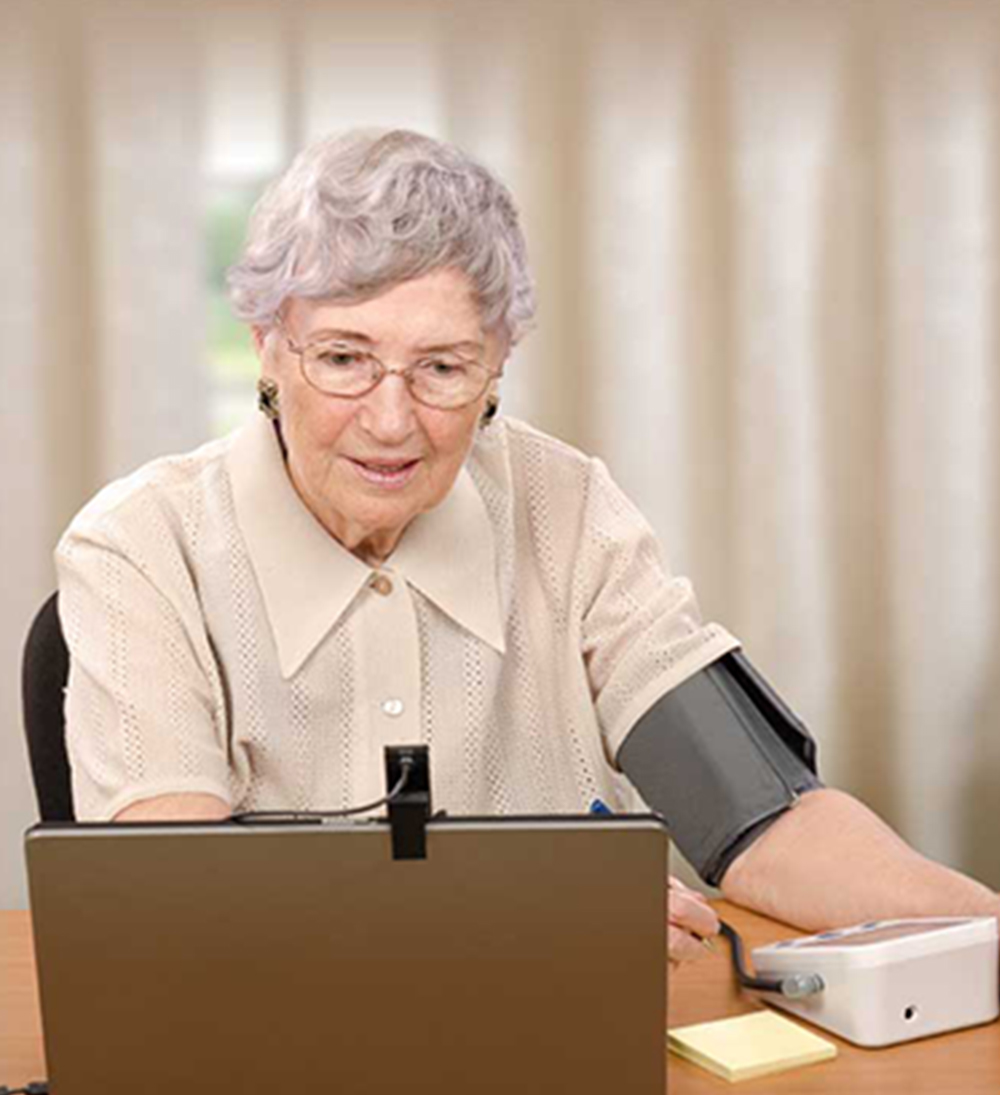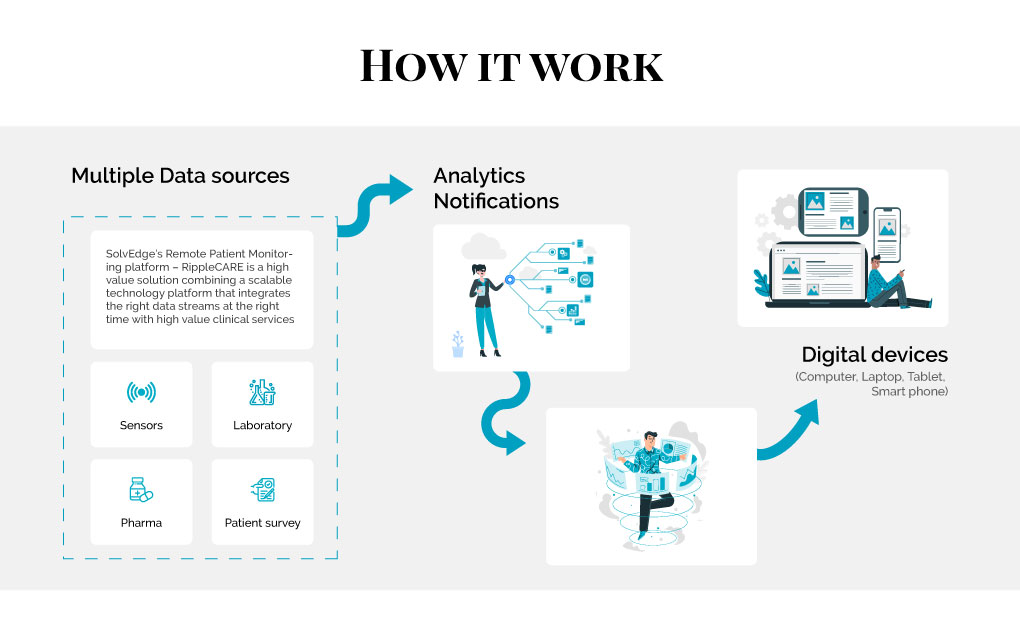Remote Patient Monitoring
Remote Patient Monitoring—Facts You Don’t Want to Ignore

Blog
Remote Patient Monitoring—Facts You Don’t Want to Ignore

COVID-19 has probably come along as the tipping point to help Remote Patient Monitoring and digital healthcare tools move a lot faster into its rightful place and help care providers deliver better care.
Remote Patient Monitoring has been around for a bit. With its ‘I may, I can, I shall” attitude, it has been hovering on the fringes of the technology landscape for a few years now. However, there were signs in 2019 that this model of care providing was heading to greater adoption. COVID-19 has probably come along as the tipping point to help Remote Patient Monitoring and digital healthcare tools move a lot faster into its rightful place and help care providers deliver better care.
Prior to COVID-19, virtual care and Remote Patient Monitoring was being pushed into usage for the following reasons:
Contact tracking or tracing has emerged as a key pivot to control COVID-19 virus. Companies and governments are fast-tracking self-monitoring apps to ensure that the fight against this pandemic is won quickly. Probably the first universal use case for Remote Patient Monitoring has just been released.
Faster adoption due to newer support systems. Even prior to the COVID-19 pandemic, Remote Patient Monitoring platforms were beginning to get a stronghold in the market. A vast majority of care providers - 88% as per a 2019 report - have begun their journey on RPM. Organizations that have made earlier adoption are now well-equipped to deliver enhanced patient experience, improved clinical experience, and better outcomes at a lower cost.
Newer reimbursement model and RPM. Many payers including private companies are exploring new reimbursement models to support RPM and digital health tools. The Centers for Medicare & Medicaid Services (CMS) instituted changes to their reimbursement policies that encourage the use of telemedicine platforms and are continuing to explore opportunities to accelerate the use of digital health to make care more efficient.
Check out this blog on Improving Telemedicine Reimbursements: The Ultimate Guide
Operational efficiency: Burnout is a serious issue for overburdened physicians. Integrating Remote Patient Monitoring platforms into care programs allow providers to improve health outcomes. These programs also create efficiencies by:

Remote monitoring technologies integrated with Artificial Intelligence including machine learning and analytics can help automate manual and repetitive tasks such as data entry, allowing clinicians to focus on higher priority tasks.
Latest patient engagement report indicates that about two-thirds of hospitals and healthcare systems have adopted RPM and AI-powered strategies into their care processes - Have you?
Enable your care to be better today. Call us or write to us for a demo of the SolvEdge Remote Patient Monitoring platform at
+1-(833) 33-Solve / business@solvedge.com
From our humble beginnings as a healthcare start-up—to becoming a full-blown healthcare-exclusive digital transformation provider, our journey has been quite a remarkable one. Today, SolvEdge is a leading-edge Healthcare services and solutions provider—trusted by 450+ Hospitals, 3500+ Physicians and millions of patients across the globe.